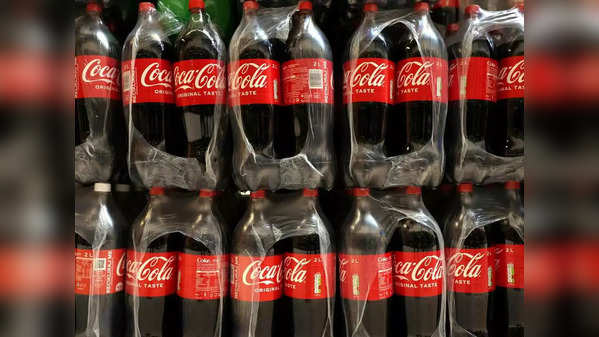Coca-Cola’s AI-Generated holiday Ad sparks controversy among artists and consumers

23-Nov-2024 01:49 AM
Coca-Cola used artificial intelligence to create its new holiday commercial. The ad features animated polar bears. Many people criticized the ad on social media. They said it lacked originality. Some artists believe AI takes away jobs. Coca-Cola said it is committed to using both human creativity and technology.
Coca-Cola’s latest holiday commercial, “The Holiday Magic is Coming,” created with the company’s Real Magic AI platform, has drawn backlash from both artists and consumers. The 30-second ad, inspired by Coca-Cola’s classic 1995 holiday commercial “Holidays Are Coming,” swaps live-action elements for AI-generated visuals, including animated polar bears nestled in an igloo. Real Magic AI and Its Role in Advertising The ad was produced using Coca-Cola’s Real Magic AI platform, powered by OpenAI technology. Similar to the AI image generator DALL-E, this platform allows artists to access Coca-Cola’s extensive archive of branding assets. Coca-Cola previously introduced its AI capabilities in the 2023 advertisement “Coca-Cola Masterpiece,” which received positive feedback for its creative use of art history. Consumer and Artist Reactions Despite the innovative approach, the holiday ad has not been well-received. Many social media users have criticized the reliance on AI for its perceived lack of soul and originality. Disney’s Gravity Falls creator Alex Hirsch mocked the ad on X (formerly Twitter), commenting: “FUN FACT: (Coca-Cola) is ‘red’ because it’s made from the blood of out-of-work artists! #HolidayFactz.” His post garnered over 631,000 views, reflecting a widespread sentiment among artists and consumers alike. On YouTube, where Coca-Cola exclusively posted the commercial, many comments expressed disappointment, with one user suggesting Pepsi capitalize on the backlash by creating a “live-action ad” as a counter. Industry Criticism Shelly Palmer, a Syracuse University media professor, criticized the ad in a blog post, comparing it to The Polar Express but “on bad acid.” He speculated that the use of AI was driven by cost-cutting efforts rather than genuine creative exploration: “In 2024, you can’t use AI to replace traditional animation without sacrificing quality. Maybe in 2025 or 2026, but not today.” Coca-Cola Defends AI Integration In a statement to USA TODAY , a Coca-Cola spokesperson emphasized the company’s commitment to blending human creativity with advanced technology: “This year, we crafted films through a collaboration of human storytellers and generative AI. Coca-Cola remains dedicated to creating high-quality work at the intersection of creativity and technology.” Supporters See Potential in AI Creativity Not all reactions were negative. Chris Barber, an AI developer at Silverside AI—one of three companies Coca-Cola partnered with for the ad—defended the creative use of AI: “There is room for AI in creativity when these tools are used in conjunction with human vision and emotion.” His post featuring a shorter version of the ad received over 18 million views, though many comments expressed disapproval of AI in creative industries. AI in Advertising: A Broader Trend Coca-Cola isn’t the only company exploring AI in marketing. Looking Forward While Coca-Cola’s “Coca-Cola Masterpiece” ad successfully showcased AI’s creative potential, the holiday commercial’s reception highlights the challenges of balancing technology with emotional resonance. Whether AI will play a more accepted role in future advertising remains an open question.
- Nike’s2022“Never Done Evolving”used AI to create a virtual tennis match between Serena Williams’ younger and older selves, earning critical acclaim.
- Toys ‘R’ Usfaced backlash for its AI-generated ad depicting the company’s founder as a child, criticized for visual inconsistencies.